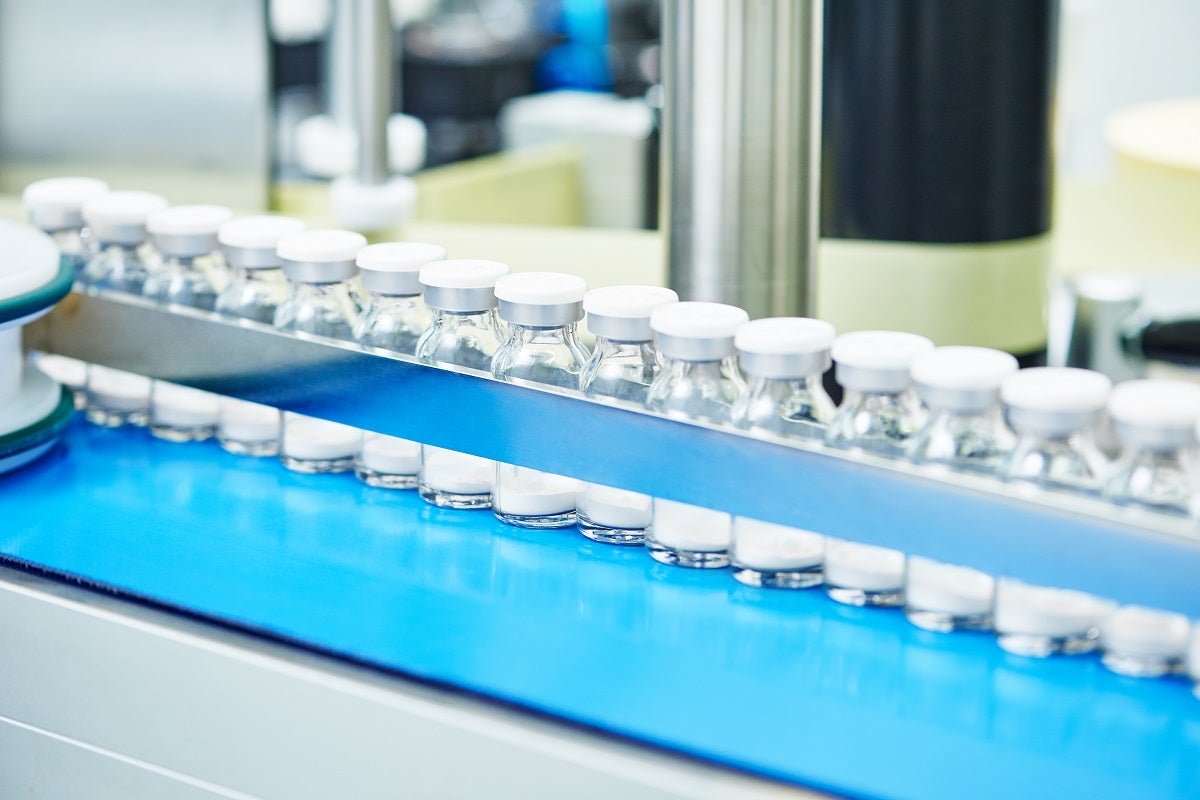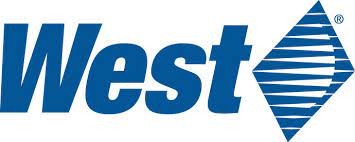
With the publication of USP <1207> Package Integrity Evaluation-Sterile Products and upcoming USP <382> Elastomeric Component Functional Suitability in Parenteral Product Packaging/Delivery Systems, container closure integrity (CCI) is one of the major and growing areas of focus in the pharmaceutical industry. As the guidance informs, there is no one test method that is appropriate for all product package systems.
This leads to the question: ‘Which test method should one choose?’ USP <1207> categorised CCI test methods into two types – deterministic and probabilistic test methods, and further stated that “deterministic leak test methods are preferred over probabilistic methods.” Therefore, let us understand some of the reasons why probabilistic CCI tests are probably not the preferred choice:
- Probabilistic methods are generally subjective and contain qualitative methodology
Unlike deterministic test methods which are based on measurable physicochemical technologies, a probabilistic test method only gives subjective and qualitative outcomes. Also, most probabilistic test results are visually assessed, hence subject to bias due to variation in a technician’s experience and skills. Taking dye ingress test as an example, one might detect the palest blue as blue and another might not be able to detect it at all. This subjectivity makes it difficult to validate a probabilistic test method as it is very challenging to develop a true standard and a method that generates repeatable results among all operators, tests and labs.
In addition, as results from a probabilistic test are typically subjective and qualitative, probabilistic methods may not be as sensitive as deterministic methods. Most probabilistic methods are not as suitable for evaluating how well one container closure system performs compared to another, when evaluating attributes such as Maximum Allowable Leakage Limit (MALL) for the system. Whereas it is possible for deterministic methods to provide quantitative and reproducible measurements at low detection limits. For example, a helium leak test can achieve very low detection limits and provide reproducible leak rate values which can be used to compare container closure systems when evaluating performance.
2. Probabilistic methods require large sample size to allow meaningful results
Deterministic test results are predictable and repeatable at low detection limits, such as those required for MALL, where the probability of sterility breaches is <0.10 and in the range of 1-10 microns, where the risk for sterility breaches increases to almost 100%. On the other hand, as unpredictability plays a role in probabilistic tests, there is a chance that results obtained each time can differ.
To diminish the imprecision brought by the uncertainty and increase the confidence level of probabilistic test results, a large sample size is needed. The requirement of a large sample size is a constraint especially for high value drug products. These constraints are not only due to cost but timing as well. Take biologics drug products for instance, the manufacturing process for a biologic is typically a much more complex process and very time consuming compared to a chemical drug product.
3. Probabilistic methods have a high risk of sample preparation error
Compared to deterministic test methods, probabilistic test methods usually require relatively more sample preparation. This can be a source of errors. As such, much care is needed when establishing the sample preparation procedures ensuring they are detailed and clear. Technicians must also be fully trained according to adequate training regimes put in place to reduce the risk of error due to sample preparation.
4. Probabilistic methods are almost all destructive
After the many resources expended on developing and validating comprehensive sample preparation and test procedures, establishing technicians’ training regime, gathering the samples required, performing the testing, and finally getting only qualitative results, the large quantity of test samples used are usually damaged and cannot be of any further use due to the nature of most probabilistic test methods.
This also implies that most, i.e., destructive, probabilistic test methods, cannot be introduced on-line. Drug manufacturers would need to determine the optimal testing interval which would allow appropriate assurance of product package system CCI and minimise downtime and obstruction to the production schedule.
Moreover, as the test samples are damaged after the test, should there be a failure, troubleshooting to understand the cause of failure, checking if test failure might be a false positive is very challenging, if not, impossible.
In summary, compared to deterministic test methods, probabilistic test methods are indeed more challenging due to their lower precision level and higher risk of error during sample preparation, on top of other limitations such as being qualitative and destructive in nature. Nonetheless, probabilistic tests are still useful in the rare event that a deterministic test would be unsuitable. Test method selection is ultimately dependent on the product package system concerned. But as clearly discussed in this article, where possible, deterministic test methods are preferred.
To find out more, download the whitepaper from West Pharmaceuticals below.


